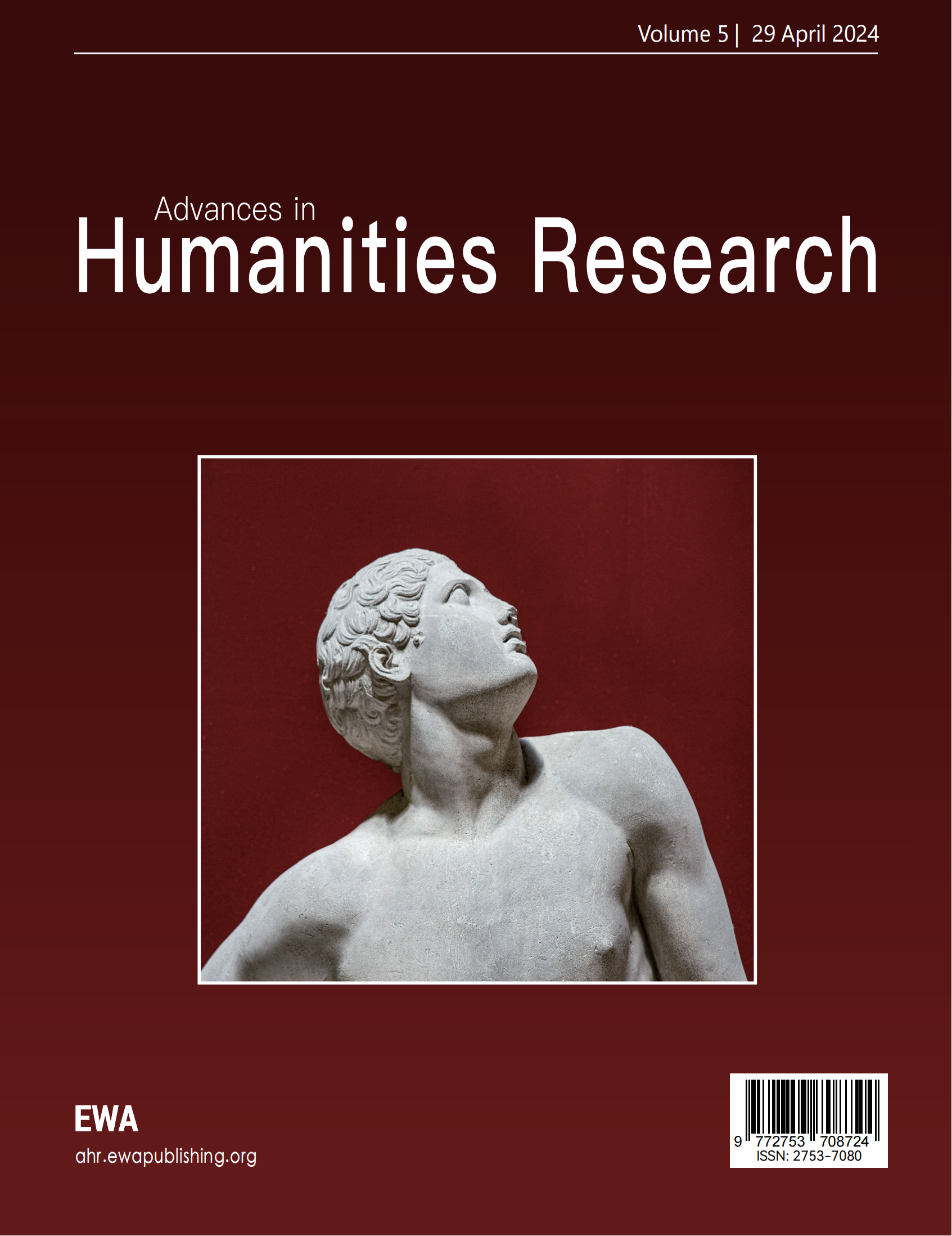Abstract
Whether it’s mainland China’s Hao Fang or Taiwan’s Zhang Tiezhi, they are both committed to constructing a “resistance” narrative to describe the rise and development of rock music. [1] Zhang Tiezhi believes that the emergence of rock music in mainland China has already “carried the banner of enlightenment.” [2] He also mentioned that rock music, together with poetry, films, the documentary “River Elegy,” and the book series “Toward the Future,” collectively constituted the “enlightenment power of the chaotic era.” [2] However, as part of the cultural mosaic of mainland China in the 1980s, how was rock music shaped, reconstructed, and utilized in the power system of commerce, culture, and politics? How does rock music interact and create tension with other cultural phenomena? With the tremendous changes in Chinese society in the 21st century, facing different historical contexts, has Chinese rock music also undergone changes? Unfortunately, Zhang did not delve into these questions seriously, and at the same time, mainland Chinese rock musicians have not included these questions in their thinking. This paper selects Cui Jian and the Second Hand Rose band as representatives of Chinese rock music in different periods. Through the theoretical perspectives of political philosophy, sociology, and history, it analyzes their lyrical texts and historical backgrounds, delving into Cui Jian’s unique understanding of “revolution” and “capitalism” as a rock superstar of the 1980s, and how this understanding has shaped the unique “sensory structure” of Chinese rock musicians. At the same time, this paper aims to provide some insights for the future development of Chinese rock music.
Keywords:
Chinese rock; sensory structure; Cui Jian; Second Hand Rose



